5. Polytechnique
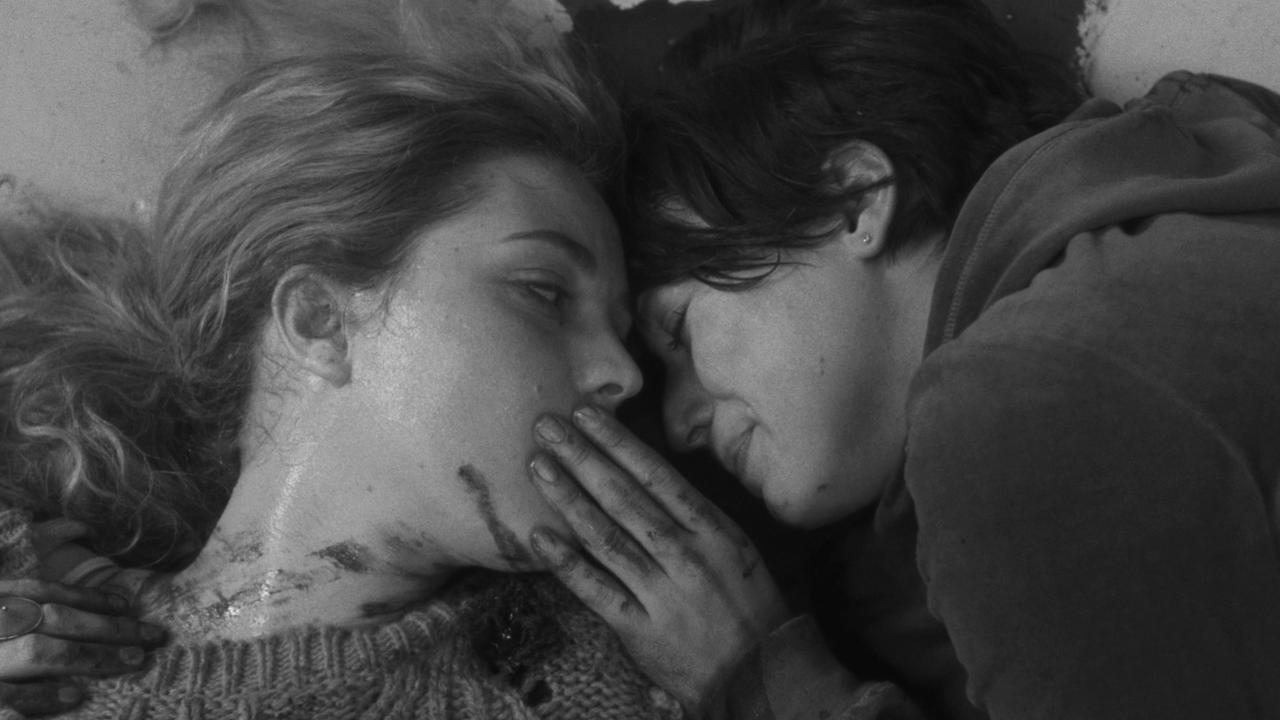
A fictionalized account of a 1989 college shooting in Quebec that focuses on the psychological effects of the event upon its survivors.
As with any fiction film that is based on true events, Polytechnique is, in a sense, guaranteed to fail cinematically. Such films cannot educate us about the objective truth of the situations they describe even to the limited extent that documentary films can, but they also cannot—without risking a betrayal of the weighty realities upon which they draw—illuminate subjective truth in the way that purely fictional films can. What to do with such a film, then? And how, then, can a film that is guaranteed to fail end up ranked so highly in this list?
Polytechnique is the turning point in Villeneuve’s career at which he fully reveals his grasp of the underlying simplicity that is necessary to properly generate true, elegant complexity. This relationship between simplicity and complexity is surely rooted in Villeneuve’s own background in studying natural science at Cégep de Trois-Rivières college in Québec before discovering his interest in filmmaking.
In Polytechnique Villeneuve composes and edits images to form a visual and auditory stream that enables us to observe the film’s characters thinking about and reacting to their environments, rather than simply watching what they are watching through point of view shots. As spectators we are thus set up as slightly distanced from the action so that we feel close enough to it to maintain a sense of presence within the story, while being just disconnected enough to feel safe in giving over some of our attention to analyzing, at times meditating on what we witness.
The partial non-linearity of the film’s design also furthers our positioning not so much in identification with the characters (“What would I do in that situation?”), but rather in observation of the characters; peering into them in order to bear witness to their own truth. This elegant design is Villenueve’s solution to the “based on true events” cinematic dilemma that ultimately won the film more than a dozen awards.
4. Incendies
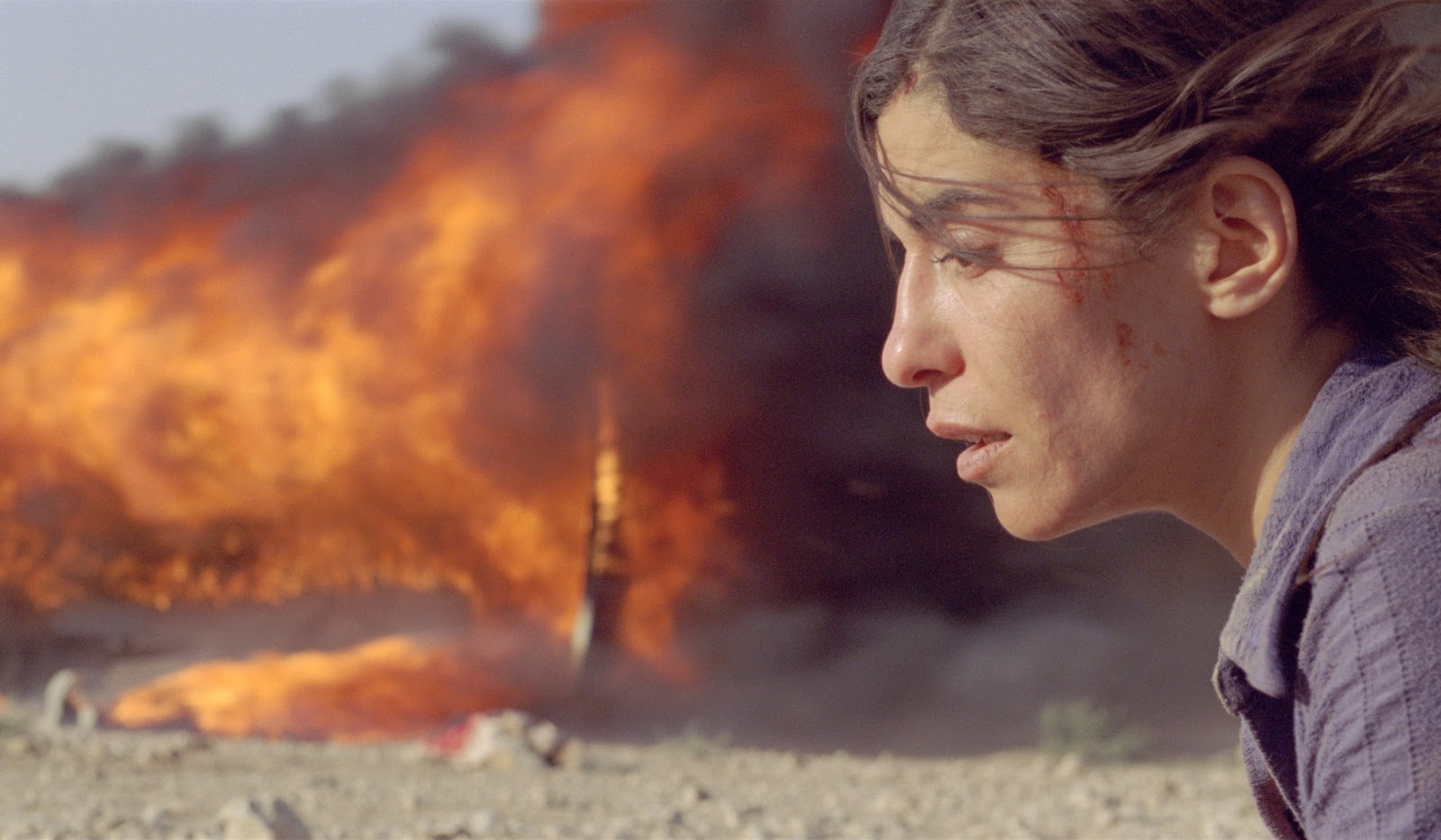
Following the reading of their deceased mother’s will, a pair of Middle Eastern immigrant twins must make an arduous journey of painful self-discovery.
With his last French language film, and having well established his own voice, Villeneuve turns toward adapting material originally written by others, in this case the play of the same title by Lebanese-Canadian immigrant Wajdi Mouawad.
With Incendies Villeneuve rises to his boldest and most affecting use of non-linear narrative yet to this point in his career, as well as his richest experimentation with literal and figurative border crossings that take us from Montreal to the divided northern and southern regions of a fictionalized Middle Eastern nation that is a stand-in for Lebanon (from which country the events of the story are loosely based).
As with the Norwegian cultural crossover in Maelstrom, investigating 21st century globalization-based culture-mixing—and how it affects the lives of individuals—is a strong thematic thread running through this later film. Unlike Maelstrom, however, Villeneuve herein weaves this thread with a new confidence that enables him to trade the surrealist affectations of that earlier work for a more simply fictionalized locale to bring a new-found gravity and universality to Incendies that would result in his first Oscar nomination.
The winding complexity of the story here works well in part because of the art film affectations that Villeneuve brings to his structuring of the narrative. For example, the segmentation of the story—signaled by prominent red intertitles—breaks the puzzle of the story into pieces such that we as viewers are pointedly invited into the process of putting the pieces together alongside the characters.
Playwright Mouawad said, “I’m deeply touched by the brilliantly elegant way that, in the midst of the frenzy, [Villeneuve] consistently references the theatrical roots of the film and I thank him for that.”
3. Sicario
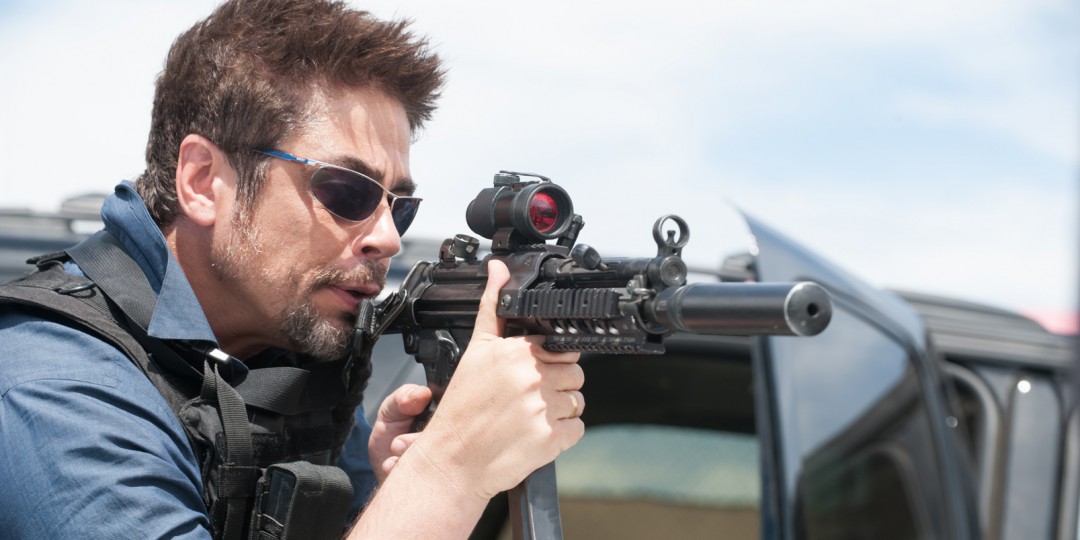
FBI agent Kate Macer (Emily Blunt) works drug war cases by the book, but is recruited by another agency, and is gradually drawn into a drug war case that is dangerously run by the grim rules of a very different playbook.
The film’s pivotal cartel raid spec op action sequence is on par with the finest Michael Mann/Dante Spinotti collaborations in Manhunter and Heat. Its tense, languid rhythm builds as it shifts from black and white infrared photography to green-tinted night-vision, from surveillance drone landscape images shot high above the desert, to the claustrophobic interior of a roughly excavated border tunnel, and the chaos unleashed within it.
The titular character Alejandro (Benicio Del Toro) speaks in cryptic, pithy phrases that gradually delineate the ragged boundaries of his dark past. At one point early in the film he says to Kate, “You’re asking me how a watch works… For now just keep an eye on the time.” This one line speaks volumes about the best aspects of Villeneuve’s entire body of work in film.
At the time of its release, Sicario was Villeneuve’s most rigorous and effective exploration of the inner workings of a thing—some personal moral or ethical conflict or concern—as revealed by meditating upon its surface; watching it transpire through moments that richly reward repeated viewings. This is a film that will go down in cinema history as one of the ultimate expressions of the filmmaking adage “show, don’t tell.”
2. Arrival
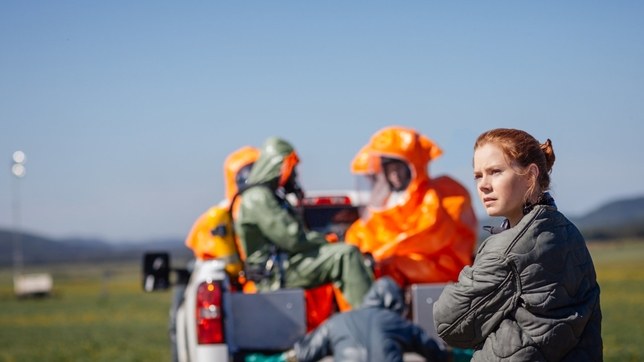
When mysterious aliens land on earth to teach humans a strange, circular language, brilliant linguist Louise Banks (Amy Adams) is brought in by the US military to help. Potentially apocalyptic consequences and meditation on the complexity of human experience ensue.
In this film, Villeneuve finds his most perfect blend up to the time of this film’s release of all his previously demonstrated concerns. He deftly balances (read: minimizes the screen time of) the potentially catastrophic global military response to the alien “invasion” (a strand of the plot plainly added to make the wholly cerebral original story by Ted Chiang more marketable as a Hollywood product) against the weighty moral and ontological issues at the film’s core.
He returns triumphantly to the nonlinearity absent from his other two Hollywood productions, while skillfully plying that nonlinearity in the service of welding deeply humanistic drama to genre film in the form of a hard SF time-travel narrative. He even smoothly brings his talent for meaningfully disorienting surrealist imagery into Arrival’s dream sequences, including a moment in which he almost directly quotes the shocking penultimate shot of Enemy.
Finally, the magnificent performance of Amy Adams in the role of Louise Banks crystallizes the dense emotional center of Villeneuve’s return, yet again, to his concern with difficult journeys of self-discovery.
With Arrival, Villeneuve returns confidently to his now firmly established manner of gradually, meticulously interpreting a relatively simple narrative with a penetrating gaze that drills down past the surface of the events depicted, delving deeply to find human meaning in those events.
1. Blade Runner 2049
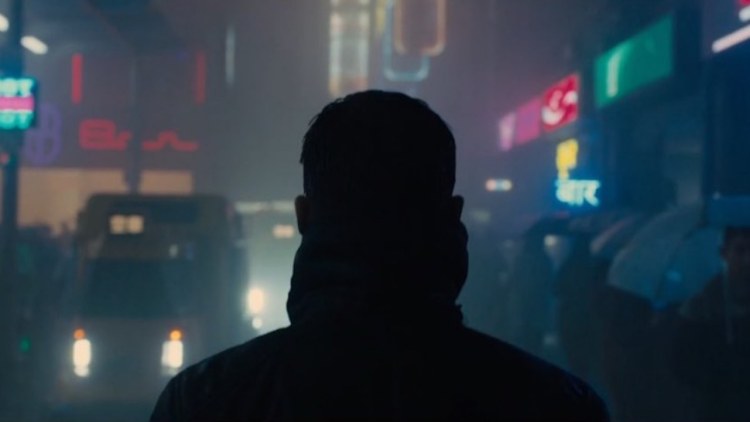
2049 is partly (if not entirely) about male despair — and the connection between male despair and sexism. Villeneuve has made other films about male despair, and at least three that connect that despair to sexism. Polytechnique makes this connection (brutally) explicit; while in Enemy it is more implicit, even surrealist in its expression; and in Sicario it hovers like a cloud around Emily Blunt’s character as she wanders through the landscape of the film’s male characters. Prisoners and even August 32nd on Earth also expose viewers to different facets of the affective content of male despair.
Perhaps part of Villeneuve’s overarching project as an artist is to draw audiences into confrontation with this affective content by using the complex medium of film to generate in audiences the experience itself of that affective content, rather than either creating tidy stories about male despair, or creating films with the overt subject of male despair (contextualizing or critiquing it).
It’s also worth noting that cinematographer Roger Deakins has in 2049 fully confirmed himself to be the “Christopher Doyle” to Villeneuve’s “Wong Kar-Wai” in that with this film the two of them have perfectly synchronized their sensibilities to deliver precisely realized cinematic triggers for complex affective states with shots and sequences that somehow paradoxically feel as effortlessly rendered as they are densely layered with meaning.
2049 is difficult to place as the top of this list because on this level of affect it appears designed to knock the spectator into a very dark pit. But everything in this film is so well orchestrated that there is ultimately no other choice. This dark pit is the perfectly realized heart of the film, and despite being a sequel there is truly no other film quite like Blade Runner 2049.
One could reasonably suggest that throughout the long arc of time that traverses the distance from the earliest of films noir to this latest revision of that genre, male despair has been at the root of film noir’s darkest imaginings and of the world’s darkest moments. Perhaps Villeneuve is attempting to orchestrate a kind of cultural “intervention” by repeatedly pushing this despair onto (unsuspecting) audiences in these striking, thrilling entertainments, so that we may someday awaken to find a new path forward toward something brighter. Toward something beautiful.